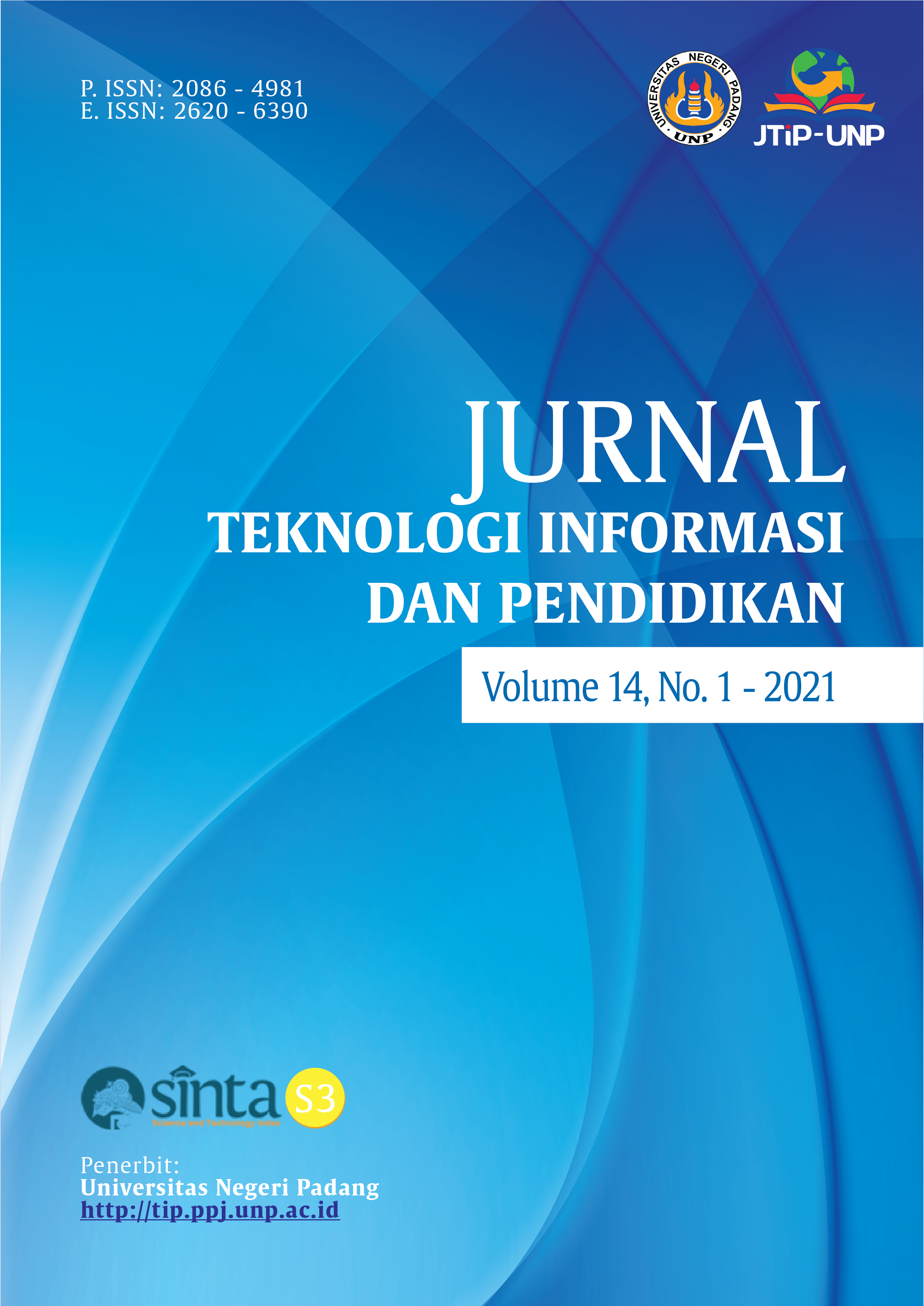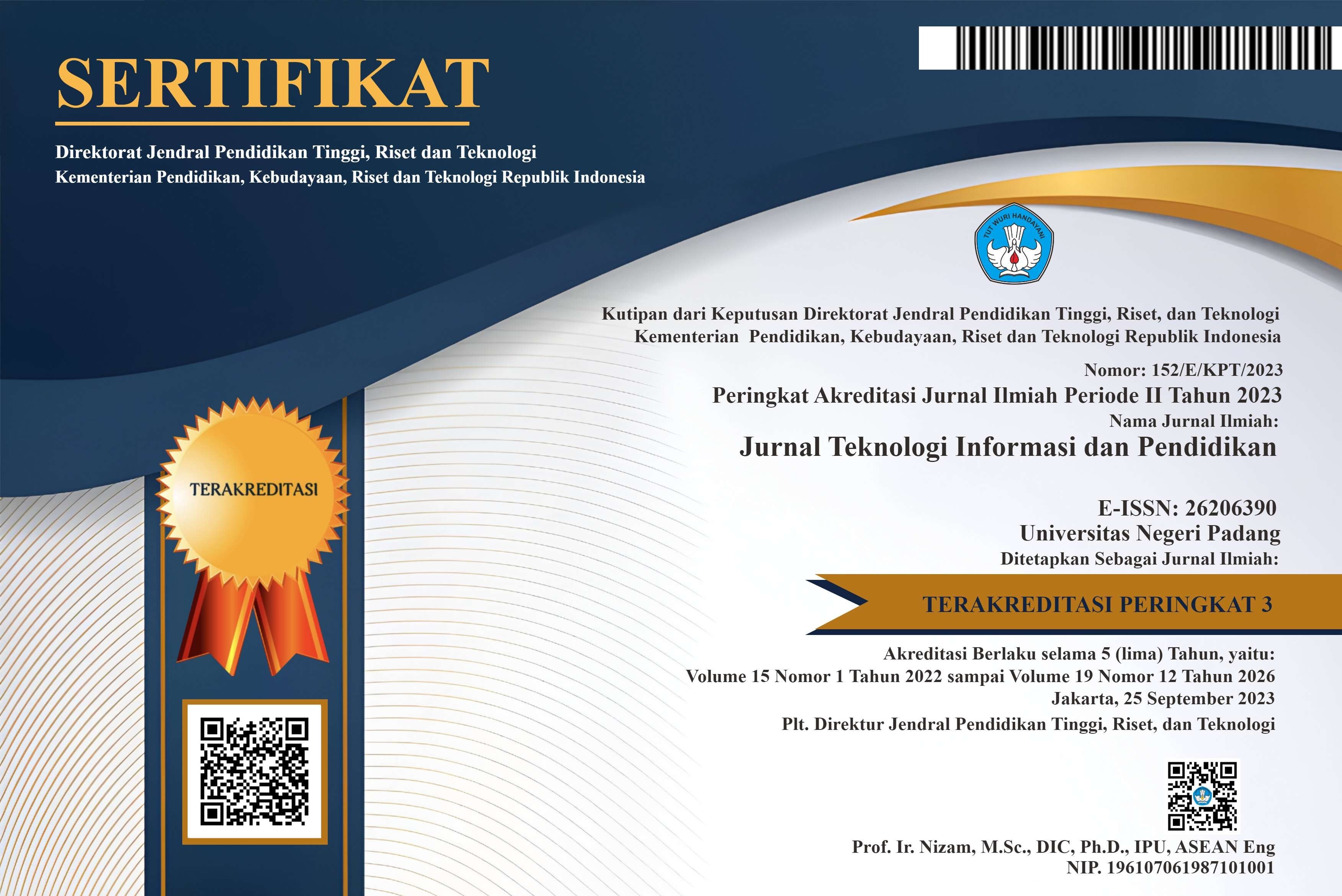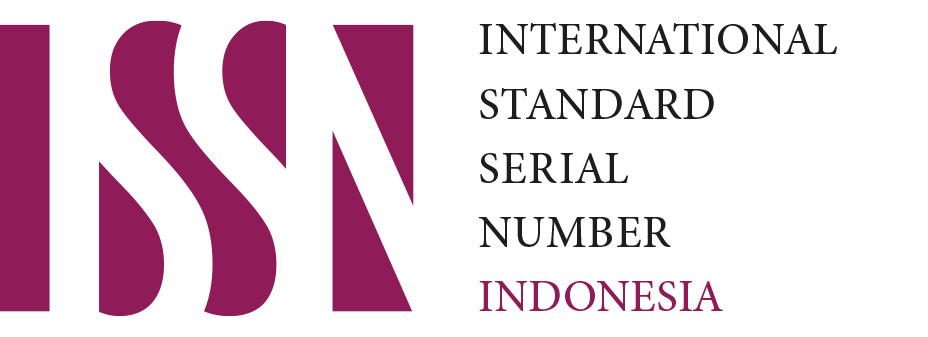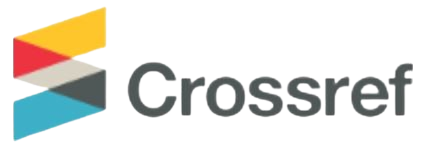Analysis of The Use of The Bebunge Application using End-User Computing Satisfaction Model
Abstract
The Bekasi district Government already has an integrated service application, namely Bebunge or Bekasi Nyambung Bae. This application is the beginning of a part of the Bekasi district plan to prepare Bekasi for a Smart City. Through the Bebunge application, Bekasi residents can get information for population needs. However, to what extent is the satisfaction of Bekasi society with the Bebunge application so that the Bekasi government can get an evaluation of application usage by looking at the level of user satisfaction. This study analyzes the level of user satisfaction of the Bebunge application using the End User Computing Satisfaction (EUCS) model. The questionnaire analysis method uses inferential statistical analysis with Smart PLS media. Based on the guidelines for the level of satisfaction, the results of the study show that if the satisfaction level of Bekasi society is at an average value of 3.45, which is at level 4, it means that Bekasi society generally uses the Bebunge application with moderate intensity and find the Bebunge practical application. The recommendation for the Bebunge application is that additional features are needed to access job vacancies, information on the latest status updates for COVID-19 in Bekasi, and an Update on the status of the COVID-19 zone in Bekasi. The contribution of this study is to improve the functionality of the Bebunge application for Bekasi society. The second contribution of this study is to become a reference for researchers from the subdomain of smart cities, namely smart society
References
S. Kaur and I. Singh, “A Survey Report on Security & Challenges in Internet of Things A Survey Report on : Security & Challenges in Internet of Things,” Int. Journak Comput. Sci. Trends Technol., vol. 4, no. January, pp. 330–335, 2016.
W. H. DeLone and E. R. McLean, Information Systems Success Measurement, vol. 2, no. 1. 2016.
E. Domínguez-Escrig, F. F. M. Broch, R. Lapiedra, and R. Chiva, “Promoting radical innovation through end-user computing satisfaction,” Ind. Manag. Data Syst., vol. 118, no. 8, pp. 1629–1646, 2018, DOI: 10.1108/IMDS-06-2017-0256.
A. Fitriansyah and I. Harris, “Pengukuran Kepuasan Pengguna Situs Web Dengan Metode End User Computing Satisfaction (EUCS),” Query J. Sist. Inf., vol. 2, no. 1, pp. 1–8, 2018, [Online]. Available: http://jurnal.uinsu.ac.id/index.php/query/article/view/1552.
A. Tarute, S. Nikou, and R. Gatautis, “Mobile application driven consumer engagement,” Telemat. Informatics, vol. 34, no. 4, pp. 145–156, 2017, DOI: 10.1016/j.tele.2017.01.006.
C. Igwenagu, “Fundamentals of Research Methodology and Data Collection,” L. Lambert Acad. Publ., no. June, p. 4, 2016, [Online]. Available: https://www.researchgate.net/publication/303381524_Fundamentals_of_research_methodology_and_data_collection.
T. D. Nguyen, M. H. Shih, D. Srivastava, S. Tirthapura, and B. Xu, Stratified random sampling from streaming and stored data, no. 0123456789. Springer US, 2020.
B. Weijters, K. Millet, and E. Cabooter, “Extremity in horizontal and vertical Likert scale format responses. Some evidence on how visual distance between response categories influences extreme responding,” Int. J. Res. Mark., vol. 38, no. 1, pp. 85–103, 2021, DOI: 10.1016/j.ijresmar.2020.04.002.
B. H. Khoi and N. Van Tuan, “Using SmartPLS 3.0 to analyse internet service quality in Vietnam,” Stud. Comput. Intell., vol. 760, pp. 430–439, 2018, DOI: 10.1007/978-3-319-73150-6_34.
B. Sharma, “A focus on reliability in developmental research through Cronbach’s Alpha among medical, dental and paramedical professionals,” Asian Pacific J. Heal. Sci., vol. 3, no. 4, pp. 271–278, 2016, DOI: 10.21276/apjhs.2016.3.4.43.
A. Justitia, R. Semiati, and N. R. Ayuvinda, “Customer Satisfaction Analysis of Online Taxi Mobile Apps,” J. Inf. Syst. Eng. Bus. Intell., vol. 5, no. 1, p. 85, 2019, DOI: 10.20473/jisebi.5.1.85-92.
K. S. Taber, “The Use of Cronbach’s Alpha When Developing and Reporting Research Instruments in Science Education,” Res. Sci. Educ., vol. 48, no. 6, pp. 1273–1296, 2018, DOI: 10.1007/s11165-016-9602-2.
A. Kamis, R. A. Saibon, F. A. Nur Yunus, M. B. Rahim, L. M. Herrera, and P. L. Yturria Montenegro, “The SmartPLS analyzes approach in validity and reliability of graduate marketability instrument,” Turkish J. Comput. Math. Educ., vol. 12, no. 3, pp. 829–841, 2021, DOI: 10.17762/turcomat.v12i3.791.
Y. C. Lee et al., “An empirical research on customer satisfaction study: a consideration of different levels of performance,” Springerplus, vol. 5, no. 1, 2016, DOI: 10.1186/s40064-016-3208-z.
R. Pardiyono and H. D. Puspita, “Measurement of Student Satisfaction Using Customer Satisfaction Index (CSI),” J. Res. Business, Econ. Educ., vol. 2, no. 6, pp. 1493–1499, 2020.
Copyright (c) 2021 Jurnal Teknologi Informasi dan Pendidikan

This work is licensed under a Creative Commons Attribution-ShareAlike 4.0 International License.















.png)














